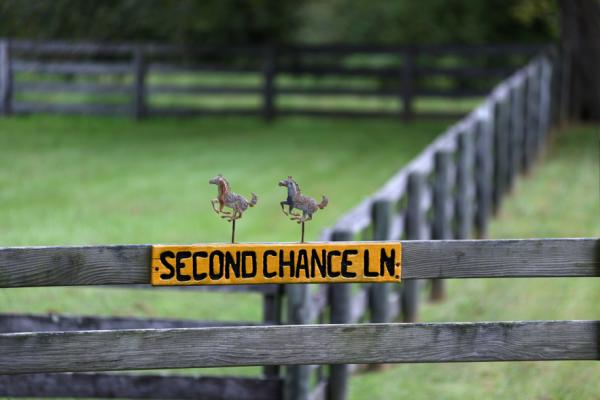A halfway house is a living environment that supports recovery for people transitioning out of drug and/or alcohol rehab, mental health treatment, and/or incarceration. If a person struggling with these conditions is reentering society, there are a number of factors that can present as stressors and possibly reinforce old habits: familiar environments, family members, acquaintances, etc. Halfway houses can offer individuals returning to society a chance to acclimate to big lifestyle changes in order to promote and support a healthy recovery.
Nationwide Residential Reentry Centers
List is maintained by the Bureau of Prisons (BOP). Contact information for Residential Reentry Centers nationwide.
Residential Reentry Centers Reference Guide
This guide provides background information, a legal framework, operational information, and policy considerations for use of residential reentry centers in the federal criminal justice system.
Understanding Halfway House Placement for Federal Prisoners
Halfway house placement is a critical step in the federal prison system, serving as a bridge between incarceration and full reintegration into society. This transitional phase is designed to help federal prisoners gradually adjust to life outside prison walls, providing a structured environment that supports their return to the community.
The Effects of Halfway Houses on Criminal Recidivism: An Updated Systematic Review and Meta-Analysis
Halfway houses operate as a form of community supervision, offering a unique opportunity for individuals who have offended to receive housing, support, and other resources to aid in navigating the challenges of re-entry from closed custody. Despite being controversial in the eyes of the public, they have long been viewed by stakeholders as a worthwhile intervention. However, existing literature presents mixed findings on their utility.
A Qualitative Investigation into the Effectiveness of a Housing Navigator Program Linking Justice-involved Clients with Recovery Housing
Evidence from this study suggests recovery home navigation can improve the speed and efficiency with which clients are connected to appropriate services that are tailored to their specific needs as well as increase client motivation to engage with a myriad of recovery services.


